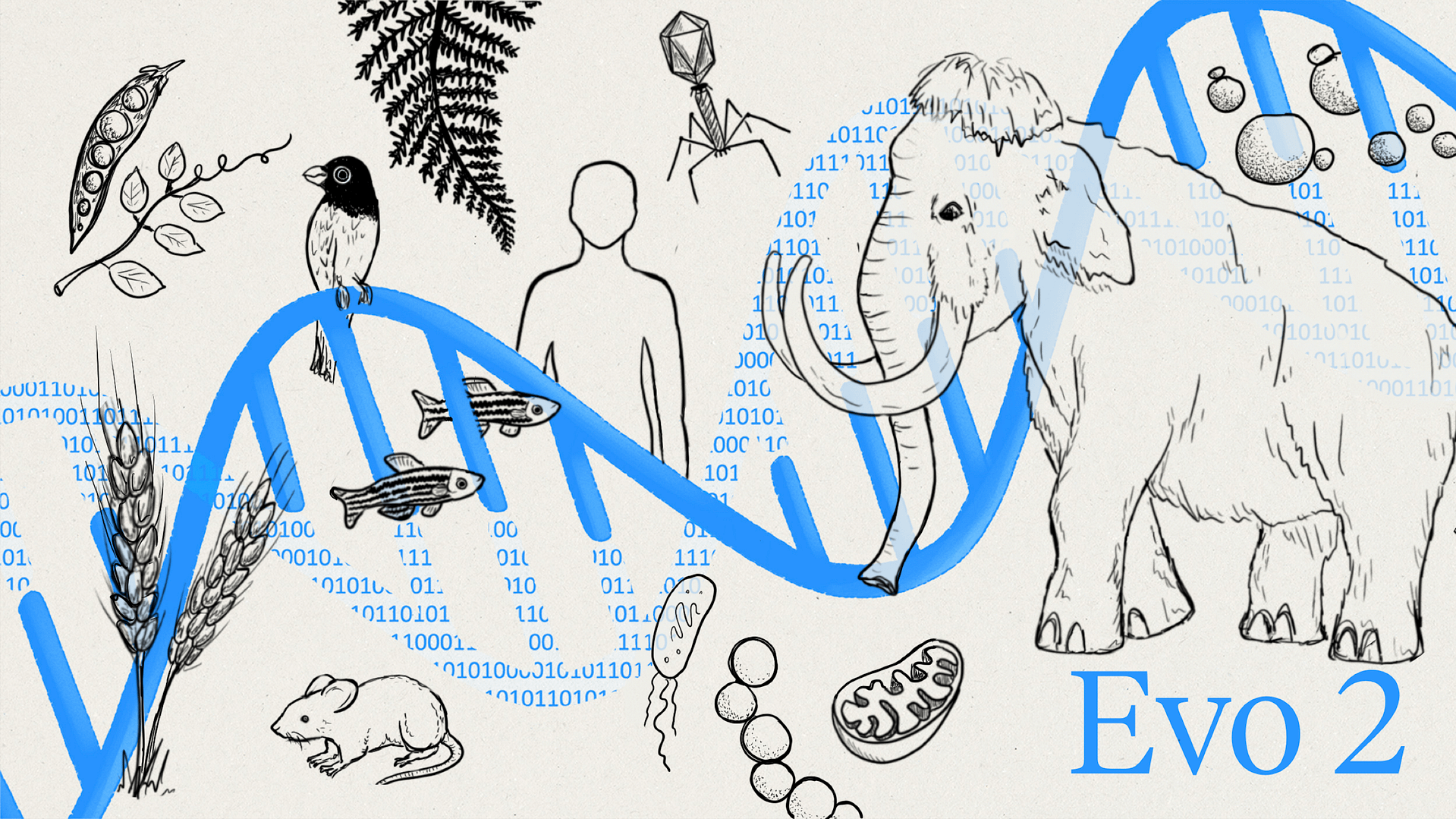Nvidia has developed Evo 2, the largest artificial intelligence system dedicated to biological research. Announced in 2025, this system aims to revolutionise medicine and genetics. Evo 2 can read and design genetic codes across all forms of life. It uses nearly 9 trillion pieces of genetic information from over 128,000 organisms. This technology promises to transform research by identifying patterns in massive datasets that would take years to analyse manually.
About Evo 2
Applications in Medicine
Impact on Agriculture and Environmental Science
Beyond medicine, Evo 2 has potential applications in agriculture. Researchers believe it can help create crops that are more resilient to climate change. The technology may also assist in developing methods to break down environmental pollutants. This dual focus on health and environmental sustainability puts stress on the system’s broad applicability.
Advancements in Biological Design
Evo 2 represents leap in biological design. Previous models focused primarily on molecular levels. Evo 2 allows for the design of entire genomes. It has demonstrated the ability to construct mitochondrial genomes and eukaryotic chromosomes. This capability opens new avenues for research in various biological contexts.
Open Source and Community Engagement
Nvidia has made Evo 2 publicly available through the BioNeMo platform. The training data and model weights are open-source. This initiative aims to empower researchers worldwide to utilise Evo 2 for their projects. The collaborative approach encourages innovation and exploration in biological research.
Future Prospects
The Arc Institute plans to explore the concept of a virtual cell. This involves integrating genetic data with environmental information. The goal is to answer fundamental questions about diseases and their causes. Evo 2 serves as a foundational model for generative functional genomics, enabling researchers to build upon its capabilities.

Leave a Reply